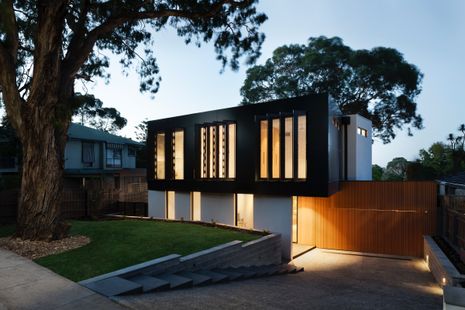|
Stock Levels Continue To Tighten
House are selling at a faster rate than properties are being listed for sale, market analysis by CoreLogic reveals.
In the three months to May, 78,700 were sold, while only 68,250 properties were listed, according to CoreLogic research director Tim Lawless.
“Despite the previously weak housing market conditions through the second half of last year, the sales to new listings ratio has held relatively high compared with pre-COVID levels,†Lawless says.
The current ratio of sales to listings means it is a sellers’ market.
Lawless says that vendors will continue to have the upper hand in the market, as stock levels tighten.
As a result he says buyers will need to make more competitive offers.
According to analysis by Suburbtrends, demand exceeds supply in 219 of 328 Australian markets.
Suburbstrend founder Kent Lardner says listing volumes remain very low as a result of many potential sellers being unsure as to what they can move into if they do sell.
|










